Summer Undergraduate Research Experience
S.U.R.E. Projects for 2020
Forty-two million Americans have trouble consistently accessing appropriate levels of affordable, nutritious food. Major contributing factors to food access is people residing in low income neighborhoods, where food deserts exist. A food desert is an area where it is difficult to obtain food, due to lack of full-service grocery stores. The Foodbank of Dayton: “For over 40 years, The Foodbank has served as the primary source of food for the hunger relief network in the Miami Valley. The Foodbank – the only one of its kind in the area – relieves hunger in the community through a network of partner agencies by acquiring and distributing food. The Foodbank provides the infrastructure for more than 100 member food pantries, community kitchens and shelters that serve as the charitable hunger relief network in Montgomery, Greene and Preble Counties.” This project aligns to the National Academy of Engineering Grand Challenges for Engineering. NAE quotes, “A world divided by wealth and poverty, health and sickness, food and hunger cannot long remain a stable place for civilization to thrive.” For this SURE project, the student will work with the Foodbank of Dayton and one of its partner agencies to research, analyze and design process improvement solutions to enhance access to food in the Dayton, Ohio, area.
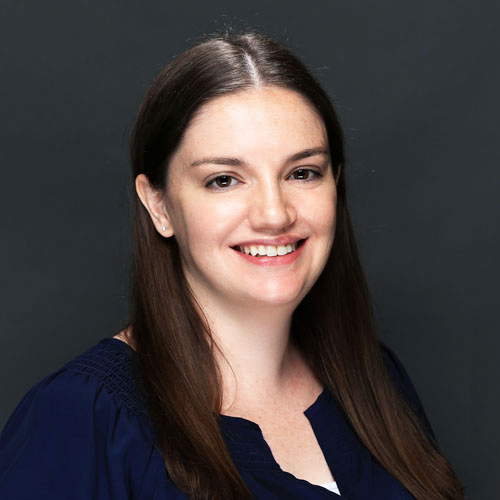
There is a trend of higher rates of anterior cruciate ligament (ACL) injuries in pediatric (ages 5-19) individuals when compared to adults (ages 20-45) that may be related to increased involvement in sports for younger individuals. Despite the higher rate of ACL injuries in the pediatric population, most biomechanical research on individuals after ACL reconstruction surgery has focused on adults. The research on adults may not apply to the pediatric population as changes experienced in growth may influence an individual’s movement after surgery. As part of a collaboration with Dayton Children’s Hospital, we are collecting data from pediatric individuals after ACL reconstruction surgery. Biomechanical data will be collected while individuals perform a variety of tasks (walking, running, cutting, squatting, single-legged lateral hopping, sidestepping and forward jumps) that would help comprehensively define the lower-body motion. Data will be analyzed using both experimental and simulation techniques to quantify and analyze biomechanical variables that help to fill the gap in knowledge about lower-body motion and forces of pediatric individuals after ACL reconstruction surgery. The results of this research have the potential to improve the rehabilitation of skeletally immature patients and reduce the chances of re-injury and other related knee injuries in pediatric patients.
The students will learn several techniques for processing and analyzing biomechanical data that will be beneficial for future research and career opportunities. In addition, the students will be mentored by multiple faculty and graduate students working on the project and in our collective biomechanics labs over the summer.
This research aims at investigating pavement defect detection technologies using computer vision, image processing and machine learning technologies. Aging and deteriorating infrastructure is a significant societal problem to address. Without rapid detection of infrastructure defects, proactive maintenance and repair activities are hard to be achieved. While computer vision has shown the potential for automating data collection, its implementation in monitoring extensive road networks have not been systemically investigated in terms of the generalization capability and accuracy. Moreover, maintenance and repair for pavement requires deeper understanding of the condition of road defects such as their distress type, severity, and extent. To fill the knowledge gap, this research will investigate how to discern the exact condition of road defects and to integrate the domain knowledge in road maintenance and repair for suggesting cost-effective proactive action plans. Naturally, this research involves interdisciplinary approaches which encompasses civil engineering, computer science, electrical engineering and engineering management.
The student will gain experience in deep learning models for visual tasks, civil infrastructure management and learn a way to utilize state-of-the-art technologies for addressing domain problems.
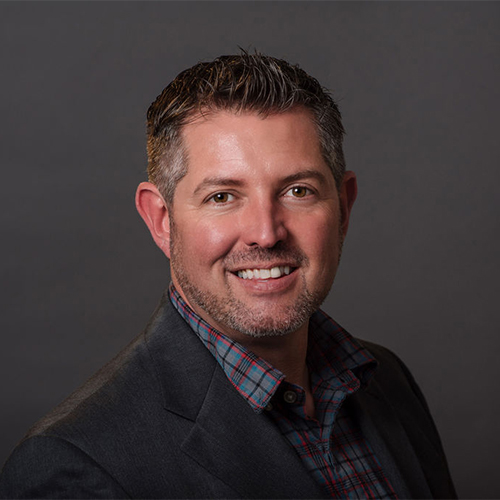
Polarimetric imaging systems are used to detect polarization properties of light reflected from objects within an imaged scene. In remote sensing applications, imaging polarimeters have been shown to improve contrast, reduce background clutter, and provide shape and orientation information about imaged objects. Integrated microgrid imaging polarimeters are a particular type of polarimetric imaging camera that consists of a 2x2 mosaic of modulated polarization filters overlaid upon a 2D focal plane array sensor and allow for temporally synchronized polarized intensity measurements to be made across an imaged scene, similar in concept to a Bayer color filter array camera. Such camera systems allow for imaging of dynamic scenes; however, the spatially modulated encoding of the polarimetric information reduces spatial resolution and introduces aliasing into the resulting polarization imagery. A number of algorithms in the literature have been shown to reduce these effects, but there is much room for improvement. The goal of this work is to research deep learning approaches to perform optimal demosaicing and estimation of the polarization imagery. As another potential direction, novel fusion and display strategies for polarimetric imagery based upon deep learning concepts could be researched. Currently, no database of polarimetric imagery exists for use in training such deep learning approaches. To facilitate the student's research, part of this effort will involve polarimetric image collection experiments to contribute to a polarimetric image library. The student will gain valuable experience in the planning and execution of scientific imaging experiments using imaging polarimeter cameras recently acquired in my Applied Sensing Laboratory.
The student will benefit from learning about various camera systems through planning and executing scientific imaging experiments. The student will also learn a great deal about image processing algorithm development, particularly in the area of polarimetric imaging and deep learning algorithms. The student will also be exposed to image processing research and development, improve their technical writing skills through documenting their work, develop laboratory experience, and interact with graduate students. The goal is that this work will contribute to (or be the subject of) a SPIE conference proceedings paper.

The objective of this summer undergraduate research project is to research, design, build, test and market a self-powered, portable hydroponic system. The selected student will begin by conducting a literature and market review of hydroponic systems and renewable energy harvesting systems. Next, the student will work through the design process under the direction of the summer faculty mentor. This process might include steps such as: budgeting, conceptual design development, component level testing, design iteration(s), system level testing, final design development and marketing plan. The actual process will develop organically as the student researcher develops his/her design. Design constraints are not yet finalized, but portability, self-powered and ruggedness are three items that will be considered. Community partners will be identified by the start of this project; those partners will contribute to design constraint and marketability development.
The selected student researcher will learn how to conduct appropriate background research and how to work through the engineering design process to develop a fully functioning and marketable hydroponic system.
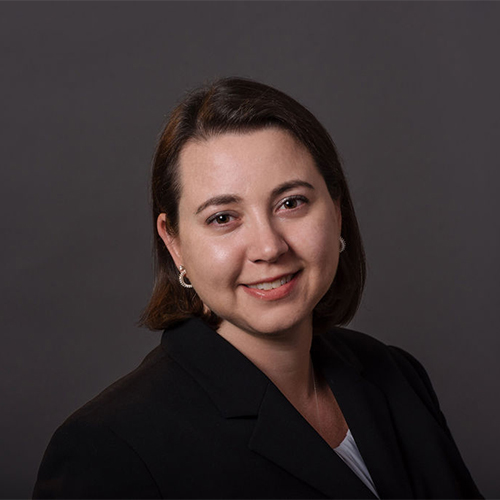
In the spring of 2019, thirteen tornadoes struck the Dayton area resulting in massive destruction to the community and its businesses. One of the businesses affected by this natural disaster, whose building suffered debilitating damage, was the Dayton Phoenix Group (DPG). DPG is a manufacturer and supplier of electrical and locomotive components to the global industrial and railroad markets. As a result of the damage caused by an EF4 tornado, DPG was required to make many strategic decisions with limited information in a short amount of time. Decisions such as where to temporarily house operations, what new equipment should be purchased, and what product lines and operations should be outsourced have substantial impact on logistical costs and the long-term stability of the company. In the wake of this disaster, DPG recognizes the value in developing a response plan, should another disaster occur, so they have the ability to make the best decisions possible considering damage and available resources. The goal of this project is to use operations research (OR) methodologies to help DPG begin to develop a disaster recovery plan. The student will be expected to research existing methodologies, become familiar with DPG’s current response and known challenges, and consider their future needs and goals in developing foundational models and/or approaches to DPG’s recovery decision-making process.
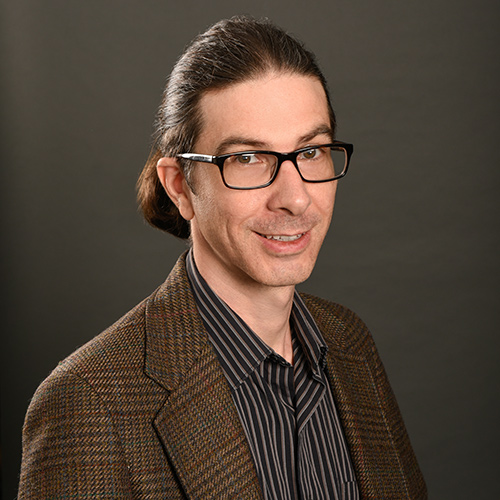
Biodegradable electrospun nanofiber mats made of biopolymers (e.g. gelatin) provide several advantages over conventional culture devices as a substrate for the fabrication of in vitro tissue models, especially barrier tissues (i.e. lung, blood-brain barrier, gut). However, these materials are very delicate and incompatible with manufacturing processes used in conventional cell culture platforms (e.g. ultrasonic horn welding). This research will develop a device design and fabrication protocol for printing micro- and milli-fluidic culture devices (biochips) on top of electrospun fibers, in order to remove this barrier to scale up and adoption of this biomaterial technology. The integration of these techniques is not trivial. Fabrication of water-tight devices via extrusion printing faces challenges associated with filament and inter-layer fusion. Electrospun mats, especially those made of biomaterials, are delicate and temperature sensitive. Additionally, the electrospinning apparatus requires high voltages and tight control over atmospheric, temperature, humidity, air flow and the electric field. The goal is to produce a 3D design of a simple culture device and find a material (off the shelf filaments or resins) and 3D print parameters that will produce a water tight cup attached to an electrospun fiber mat. Designs/devices will be tested for their ability to hold cell culture media without leaking. Devices passing this stage will be tested for their biocompatibility via microscopic observation and quantification of cell survival and growth.
The student will learn problem solving, process optimization, design and system integration. The student will also get to work with other students on a multifaceted project with a real-world application.
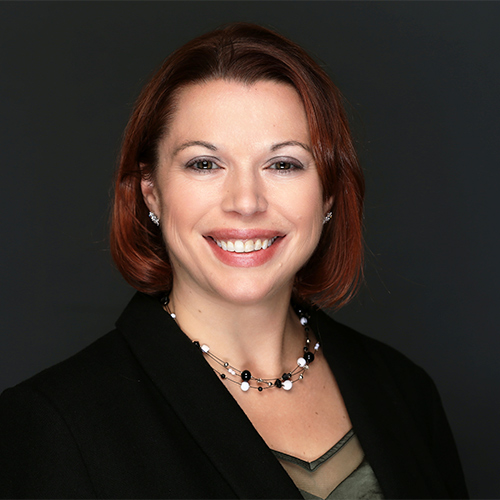
Nanomaterials (NMs) hold tremendous potential to improve quality of life through applications spanning everyday consumer products to biomedical therapeutics. This surge in NM utilization has resulted in significant degrees of NM waste and increased rates of human exposure, generating the need to ensure the safety of NM-based applications. As NM behavior is dependent upon local environmental factors, this creates a challenge for standard cell-based assessment to produce reliable data, as they lack physiological accuracy. This work strives to overcome these limitations by transforming a standard cellular model into one more representative of a human system, thereby developing an environment more representative of real world exposure scenarios. Through utilization of this enhanced model for NM safety assessments, we will be able to accurately characterize NM behavior and resultant bioresponses accurately and efficiently.
The objective of this work is to design, generate and validate an enhanced microenvironment model (EMM) for biologically accurate evaluation of NM behavior and safety. To accomplish this, we propose to construct and implement the EMM, which retains the advantages of cell-based systems, but incorporates the key physiological elements of: 1) a multiple cellular compartment model, 2) dynamic flow connecting all cellular compartments, and 3) inclusion of a circulating immune line. The EMM will be challenged with silver NMs (AgNMs) followed by evaluation of NM behavior, pharmacokinetic profiles and induced biological responses, including cellular stress, inflammatory responses and genetic modifications: thereby validating our hypothesis that the EMM displays differential behavior from traditional in vitro systems.
They will develop new skills and experiences to complement their academic training, which in turn will increase their self-confidence and efficacy. This experience will provide an excellent opportunity for them to display leadership and ingenuity in a laboratory environment, which can be an asset either looking forward to the workplace or to a graduate degree.
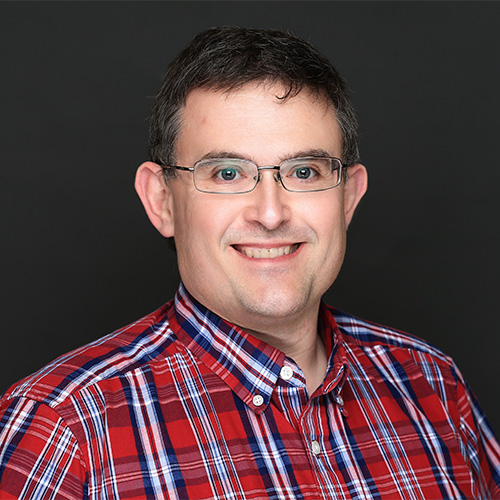
The research program is related to determining forces acting on an agitated system. In the past, complicated, expensive equipment has been used to determine forces acting on an agitated system. The current work involves the design and implementation of a lab scale (2hp) system for determining forces acting on a mechanical agitator. This design needs eliminate rotating interfaces found in conventional data inquisition system. Once the system is operational, it must be validated. The student will be working on both the mechanical / electrical / data acquisition design along and the fluid-structure interaction validation portions of the project.
This project leverages mechanical, electrical and chemical engineering aspects. This type of multidisciplinary project will test the student's ability to learn on the job. The project will help prepare the student for her/his senior capstone experience and be an excellent discussion point in interviews.
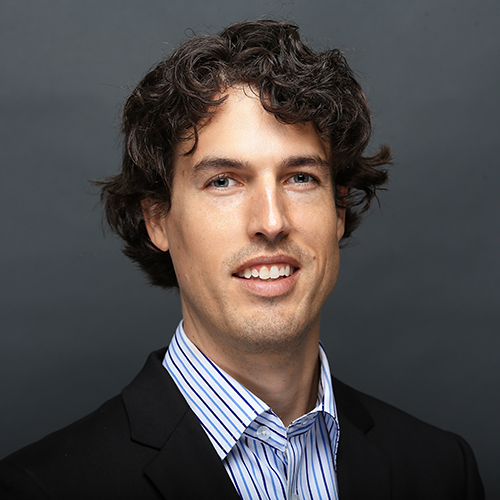
Dr. Reissman's primary focus is aimed at developing solutions to help people in need. His research group specializes in the advancement of human-machine interfaces to improve medical and assistive technology. Such results are achieved through innovative approaches in the development of novel electromechanical systems, the physical implementation of modern control schemes and the advancement of system identification techniques. Likewise, clinical relevance is maintained through collaborations with physical therapy faculty at the University of Dayton, physicians within the Greater Dayton Area Hospital Association and medical device designers within local industry.
Students would benefit from learning how mobility is a key indicator of health and how to use engineering to assess how we may improve mobility. Additionally, the labs we work in are a consortium of biomechanics faculty and physical therapy faculty, so experiencing a transdisciplinary research setting will be unique.
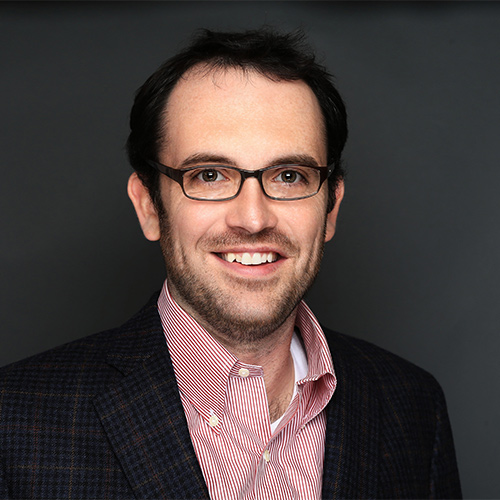
Our group uses computational modeling to investigate the behavior of materials and interfaces at the molecular level. Problems such as these extend to many applications including ion exchange membranes and drug delivery. Molecular simulation allows us to access information that may not be possible in experiments, and our goal is to use this to enable more efficient design of nanomaterials for specific materials science and biomedical applications.
Learn how to read/ write academic papers, learn how to formulate a research plan for a complex problem, gain exposure to the field of computational modeling and its limits/ applications, hands on experience using various open source software packages for molecular simulation, gain experience to writing code for analysis of complex data sets.

Continuous digital light processing (cDLP) additive manufacturing (AM) is a recent development in vat photopolymerization where full layers of photosensitive resin are irradiated and cured with projected ultraviolet (UV) light to create a three-dimensional part layer-by-layer. Relative to traditional manufacturing approaches for soft materials (e.g., molding, soft lithography), cDLP AM is better suited for quickly producing small, customized parts with intricate features and complex shapes. Recent breakthroughs in polymer chemistry have led to a growing number of UV-curable elastomeric photoresins suitable for cDLP AM, some with over 1000% elongation at fracture. To enable their use in candidate applications such as stretchable electronics, pneumatically-activated soft robots and soft tissues for regenerative medicine, a fundamental understanding of their mechanical behavior (i.e., deformation and fracture) is requisite. Toward that end, this project is focused on characterizing the highly nonlinear mechanical response of novel UV-curable photoresins. Coupon specimens for mechanical testing (e.g., flat dogbones for tensile testing or cylindrical plugs for compression testing), as well as final part geometries for end-use applications, will be produced using a 3D Systems Figure 4 cDLP 3D printer. The resulting test data will be used to calibrate common hyper-elastic constitutive models used in commercial finite-element software (e.g., LS-DYNA) for simulation-aided 3D-printed part design.
Students will also learn valuable research-related soft skills, including how to read and interpret technical literature, how to deliver an effective technical presentation and how to disseminate research findings through effective technical writing.
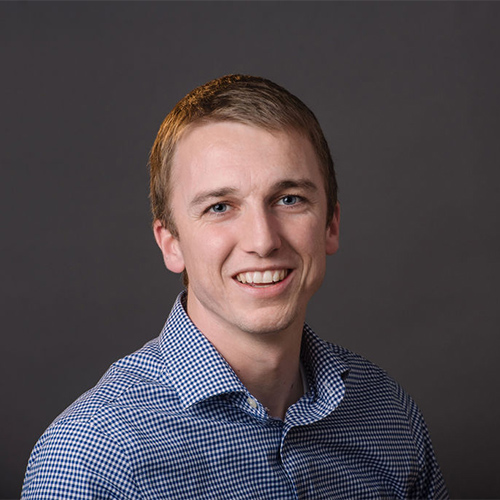
Spacecraft in orbit experience significant fluctuations in waste heat generation. This waste heat must be rejected from the spacecraft radiators. However, state-of-the-art spacecraft radiators constantly reject the maximum heat load from the spacecraft, causing component temperatures to fall below established limits. The current remedy is to heat the spacecraft using electric heaters, an approach which consumes precious battery power. My work involves the development of spacecraft radiators with morphing geometries. This technology may be used to vary heat rejection from the satellite radiator in real time, reducing the amount of heating necessary to maintain operational spacecraft temperatures. In this adaptable project, students may identify one or more of several focus areas related to a revision of the current radiator prototype. These focus areas include prototyping, thermal modeling and experimentation.
As a result of completing this summer research experience, students can expect to gain additional programming experience (in Python), prototype generation skills such as idea generation and prototype construction, manufacturing experience related to the production of a high-fidelity prototype, and heat transfer experimentation skills. Students will also be included in any publications resulting from this work and gain a research mentor to act as a reference for future graduate school applications. The right student could also be included in continued involvement with the research group.
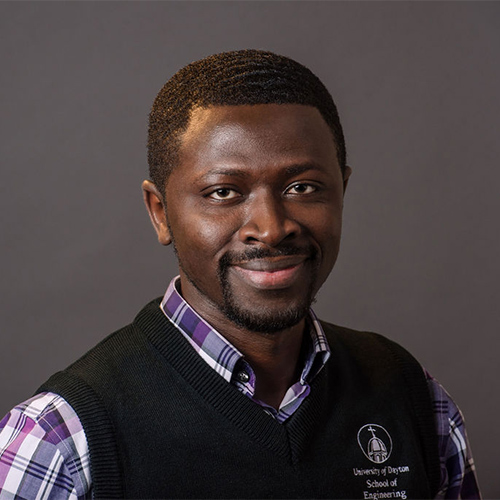
Globalization has exacerbated the need for engineers who are capable of working in a cross-cultural environment. Multinational companies continuously seek for engineers who are interculturally competent and are capable of conducting businesses successfully in a cross-cultural environment. However, the skills required to be successful in a multicultural environment are difficult to be taught in the traditional classroom. One of the most effective approaches to acquiring intercultural competency skills is through experiential learning. It is, therefore, not surprising that most colleges all over the world are devoting resources towards internationalization of the classrooms and the campus community. This ensures that students are provided with a diverse environment so they can learn from, and about diverse cultures to develop their intercultural competence skills. Another effective approach is the study abroad programs, which require students to travel to different countries. However, these approaches require a lot of resources that may not be available to financially disadvantaged students. Therefore, a more cost-effective approach, such as Collaborative Online International Learning (COIL) is receiving a lot of attention in recent years. In this project, some engineering technology students participated in an 8-week long COIL program with students in materials engineering, and project management classes from a different languacultural and geographical region during the spring and fall 2019 semesters respectively. This study, which is a follow-up on a past limited study, will review the results and compare the performance of the COIL students with non-COIL students.
The Summer Undergraduate Research Experience (SURE) student will be exposed to the conduction of a literature review from scholarly articles about collaborative learning. As part of the research, the student will be exposed to data analytics. Specifically, s/he will learn to identify the right statistical tools and tests for different experiments, conduct statistical tests/analysis, and write professionally to interpret and present data.
The student will be exposed to statistical data analytics. Specifically, they will learn to identify the right statistical test for an experiment, conduct statistical tests, write professionally to interpret data and conduct literature reviews.
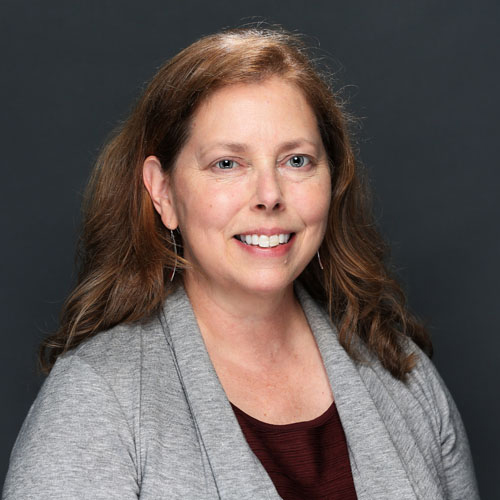
USEPA has supported research on peracetic acid (PAA) use in municipal wastewater treatment plants. However, notable differences exist between the inorganic/organic solids balance at the end of wastewater treatment, compared to the storm runoff/sewage mixture of CSOs. To date, little published research has been located addressing the higher inorganic composition of CSOs. The student may choose among experiments tailored to identify potential disinfection interferences including sorptive demand, reactive demand or sheltering of bacteria. This is part of a larger study intended to identify conditions under which PAA disinfection alone is feasible and will quantify the conditions under which additional treatment is needed during CSO events.
